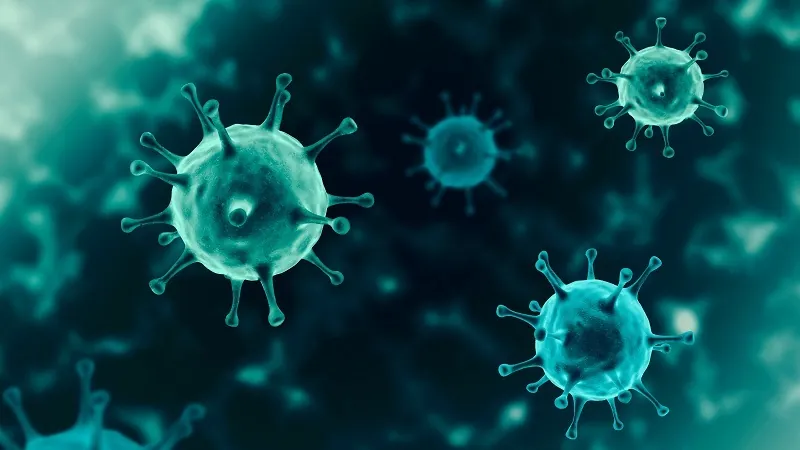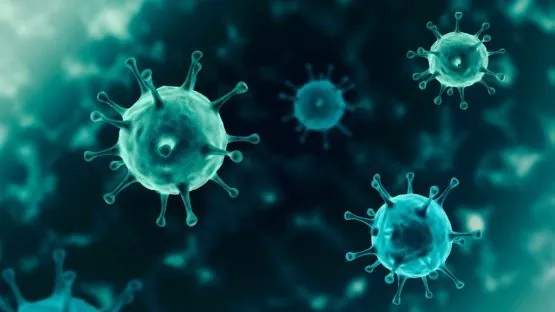New research published in Aging has analyzed the telomeres of patients hospitalized due to COVID-19.

Read More
As the COVID-19 pandemic has spread rapidly across the globe, many researchers have pivoted their existing research to help characterize and fight the disease. Longevity researchers have been particularly interested in COVID-19. Many viral infections have a disproportionate effect on the elderly, but COVID-19 is an especially intriguing case because it does not seem to affect infants and children the way that other viruses do. This suggests that the processes of aging may play an outsized role relative to other factors in an individual’s vulnerability to COVID-19. Specifically, there is evidence suggesting that COVID-19 stresses patients’ regenerative capabilities, increasing cell turnover in order to maintain tissue homeostasis.
However, a cell’s telomeres shorten with each division, and cells can no longer divide once their telomeres reach a critically short length. Dr. Maria Blasco’s group at the Spanish National Cancer Centre (CNIO) in Madrid, Spain have recently investigated whether this phenomenon may play a role in COVID-19 symptom severity [1]. In a field hospital for COVID patients, blood samples were taken from a total of 61 female and 28 male patients aged from 29 to 85 years old. First, the severity of each patient’s symptoms was rated from 1-4 based on objective, predefined criteria. Then, the telomere lengths of that patient’s peripheral blood lymphocytes were measured by well-known qPCR, TRF, and HT Q-FISH methods. The researchers saw good agreement between the three methods.
With the HT Q-FISH method, the researchers measured average telomere length, percentage of short telomeres, and rate of telomere shortening. All three showed similar results to what has been published in previous research with respect to age and gender differences, with older, male patients showing shorter telomeres and a higher percentage of the shortest telomeres. Patients’ ages, average telomere length, and percentage of short telomeres correlated with their COVID-19 severity score. Shorter telomeres were found in patients with more severe symptoms in the 60- to 69-year-old and over-70 age groups.
Abstract
These findings demonstrate that molecular hallmarks of aging, such as presence of short telomeres can influence the severity of COVID-19 pathologies. As short telomeres can be elongated by telomerase, and telomerase activation strategies have been shown by us to delay aging and age related pathologies, as well as to have therapeutic effects in diseases associated to short telomeres, such as pulmonary fibrosis, it is tempting to speculate that such telomerase activation therapies could ameliorate some of the tissue pathologies remaining in COVID-19 patients, such as fibrosis-like pathologies in the lungs after overcoming the viral infection.
Conclusion
Age in this study was more closely related to symptom severity than telomere length, making it a difficult confounding variable and suggesting that other hallmarks of aging may also be playing a role. When patients were grouped by age, no differences were seen in symptom severity for younger patients, but patients over 60 saw worse symptoms alongside shorter telomeres. This indicates that telomere length may play a role in symptom severity for these patients, although it is important to note that a correlational study such as this one cannot determine cause and effect.
Additionally, there is some uncertainty even in this correlational finding. Only four patients had mild-moderate symptoms in the 60- to 69-year-old age group, and only two did in the over-70 group. This low n is an unavoidable product of the circumstances of the study, but it causes some concerns as to its generalizability to the broader population. Telomere length was also only measured in peripheral blood lymphocytes, and so it remains to be seen if these findings would apply to other cell populations in the body.
The urgent nature of COVID-19, while having devastating ramifications, presents a unique opportunity to study the effects of aging and to make the case of its central importance in the health of individuals and our population as a whole. This study presents insightful and impactful data implicating telomere length in symptom severity for older adults, but this same urgency also means that we must be careful in our interpretations of scientific studies like this one that involve COVID-19.
Literature
[1] Sanchez-Vazquez, R., Guío-Carrión, A., Zapatero-Gaviria, A., Martínez, P., & Blasco, M.A. (2021). Shorter telomere lengths in patients with severe COVID-19 disease. Aging (Albany), online ahead of print. https://doi.org/10.18632/aging.202463



